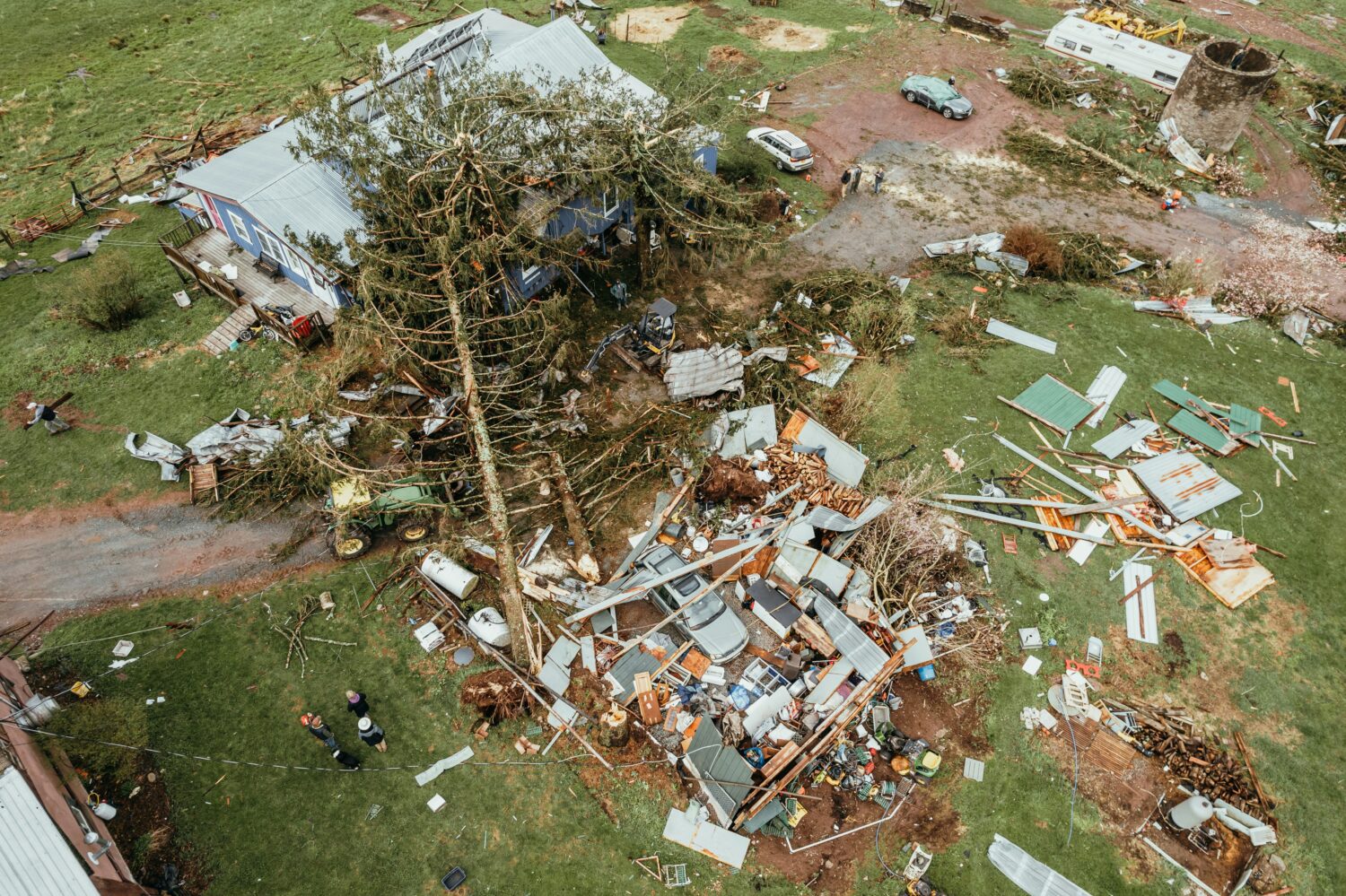We are seeing a growing acknowledgement of the importance of trees to combat (and mitigate the impacts of) the climate crisis — including within our cities. However, a series of structural problems inherent in our urban forestry management processes are working against the more and more ambitious tree-planting targets that cities are announcing. By 2030, Prague has pledged to plant 1 million trees, Milan is aiming at 3 million trees and Sydney intends to add 5 million trees to the city’s existing urban forest. But the authorities responsible for such greening efforts are failing to construct credible, practical implementation and maintenance strategies. In England, tree-planting is falling 71% short of the Government’s target, US cities are losing 36 million trees a year due to natural disasters and disease, and Sheffield, Europe’s greenest city, has lost 5,000 trees, chopped down by a private tree maintenance contractor despite furious local protests. Such manifest failures direct our attention to a series of deeper issues relating to budget allocations, accounting procedures and socio-political perceptions about trees in cities. It is these deep-rooted obstacles that we have to overcome in order to unlock the massive collective investment we need in trees as vital infrastructures for a resilient and thriving future.
Dark Matter Laboratories




